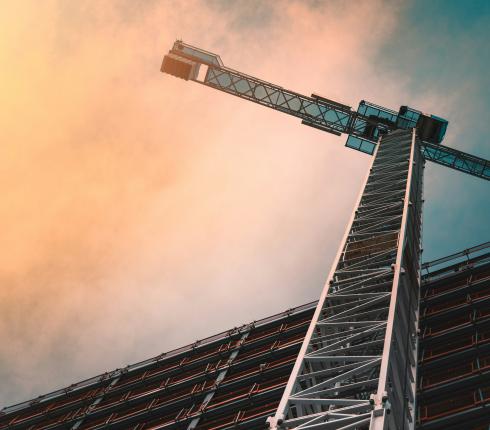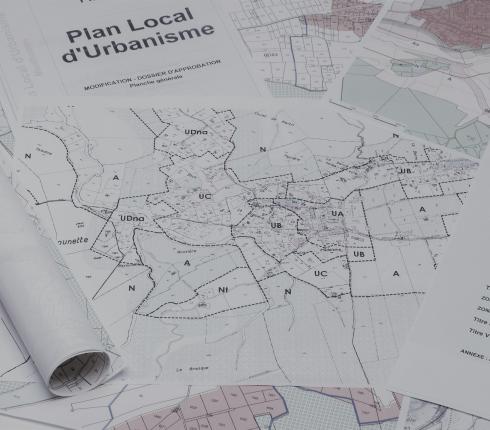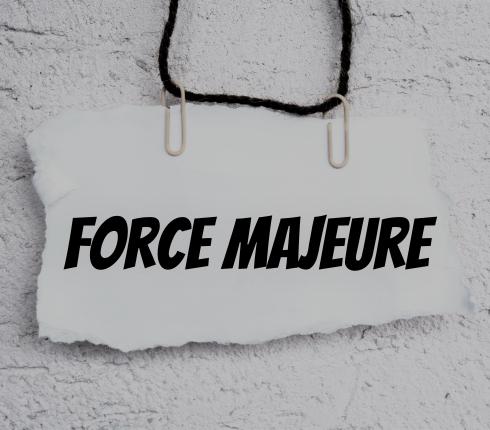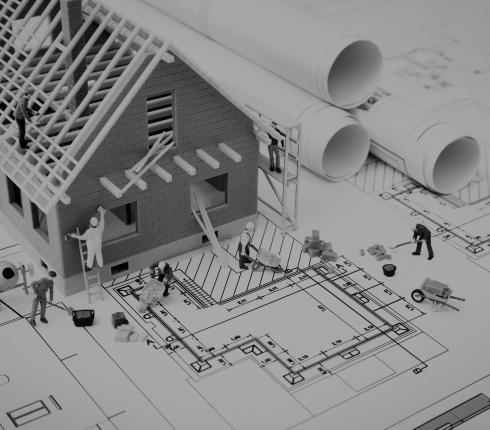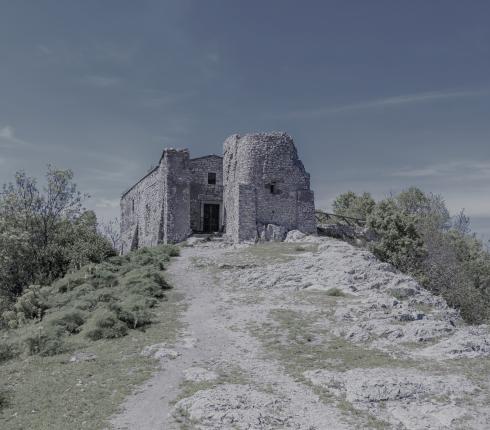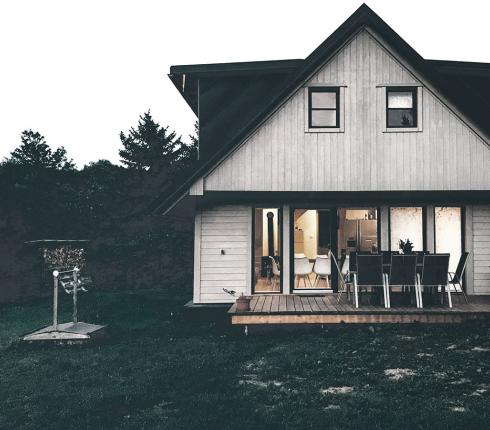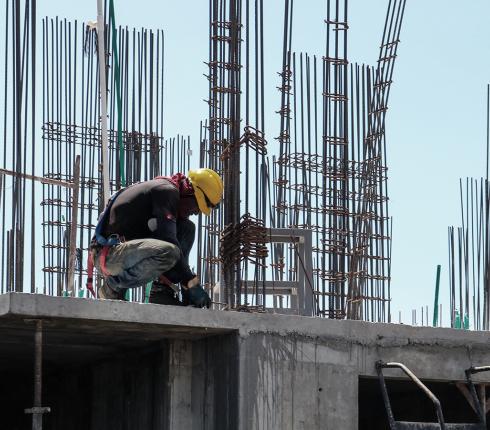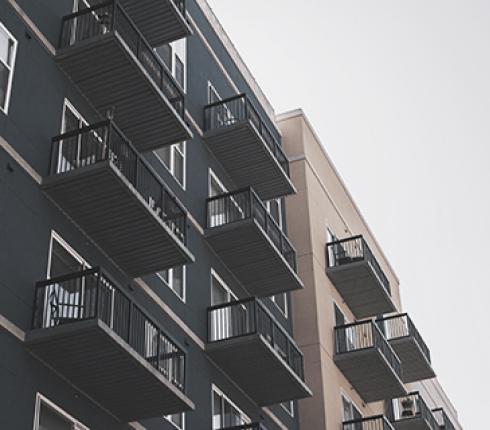NJORD Estonia: How to access your property?
Property owners have to deal with their neighbours and take them into consideration. Neighbours’ interests and views often do not coincide, and situations may occur that ruin even the friendliest relationships. Disputes between neighbours are often one of the most heated.
If you have an oral agreement with your neighbour that you can cross their immovable property to reach your home, problems may not occur as long as you maintain a good relationship with them. However, problems may arise if your neighbour changes their mind or if the owner of the property changes altogether. The object of dispute in these cases is ensuring access to your property. In worst cases people have to turn to court to settle the dispute.
The Law of Property Act states that owners whose property lacks a necessary access from a public road have the right to demand access over the land of another. For that you must agree upon the location of the access, the term and the remuneration for use of the access. If parties can’t reach an agreement, the access and remuneration for use will be specified by court. Many factors affect the size of the remuneration. The Supreme Court of Estonia has explained in the decision No 2-14-60492 of March 28, 2018 that the purpose of the remuneration is to ensure that the owner of the land has the same status as the owner would have had if they had the possibility to use the land in a way that would have been suitable to them. Hence, the owner must at least be compensated for the land tax and the up-keep costs. In addition, the Supreme Court has said that the land owner has a right to claim renumeration to compensate the restrictions of ownership.
The most reasonable way to ensure access to your property, and maintaining that right after the owner changes, is to conclude a contract for servitude at the notary and to enter it into Estonian Land Register. Road servitude is an encumbrance of an immovable that grants the right to drive over the servient immovable.
However, situations do occur where the owner of an immovable doesn’t have the right to demand access to the public road over an immovable of another.
The Law of Property Act section 156 subsection 3 states that the owner of the immovable loses the right to demand access if the previous contact with a public road or between parts of the immovable was discontinued at the owner's own initiative. For example, this situation may arise when, at the request of the owner of the immovable, the property is divided so that the newly created immovable property does not have access to publicly used roads. It would be wise to pay attention to this when purchasing an immovable.
It should also be pointed out that people often mistakenly think that one sure prerequisite to get the court to satisfy the claim to grant access is the possibility to establish servitude indicated in a detailed spatial plan. The servitude that is indicated in a detailed spatial plan means that access is possible from a land planning point of view, but it does not obligate the court to establish servitude for the neighbour’s land. The Supreme Court has stated in it’s decision No. 3-2-1-48-10 that the detailed plan does not replace the property agreement between the parties or an agreement under the law of obligations for the use of the private road, nor is the detailed plan a statutory restriction of the immovable. The basic precondition for satisfying the claim for servitude is the overriding interest of the applicant for access, as compared with the restrictions on the rights of the owner of the immovable, whose access to the immovable is sought.








